Website sections:
- Services Provided
- IT Project Management
- Application Development
- Creativity Management
- Previous Work Experience
- Site Map
- Contact Information
Current section's content:
- Overview of Application Development
- Computer Application Development Process
- Subject Matters and Workflow Role in Application Development
- Website Layers of Qualities
- Page-Level Navigation Problems
- Increasing MS Access mdb File Operating Speed
- CRM Sales Software Selecting and Customization Processes
- Overview of Sales Software Selecting and Customization Articles
- What CRM Sales Software Is Right For You?
- Sales CRM Example
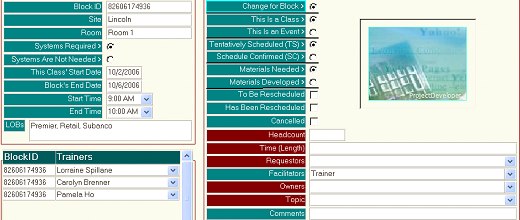
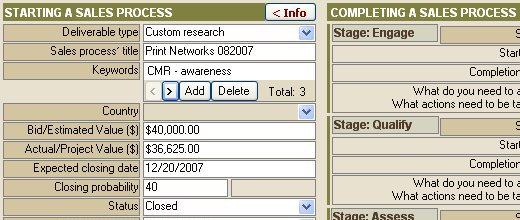
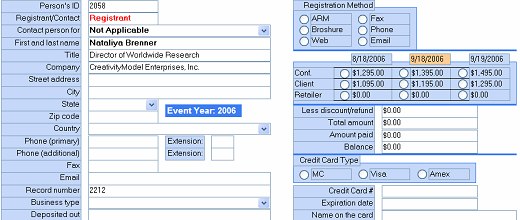
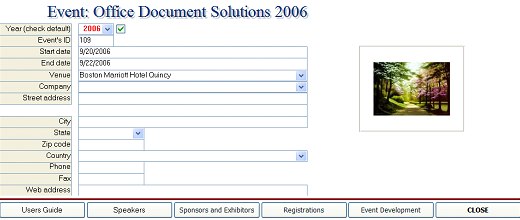
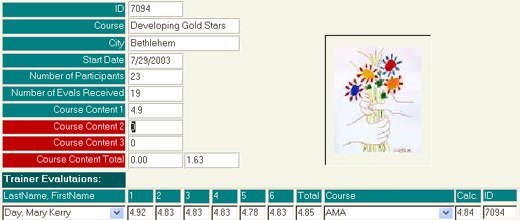
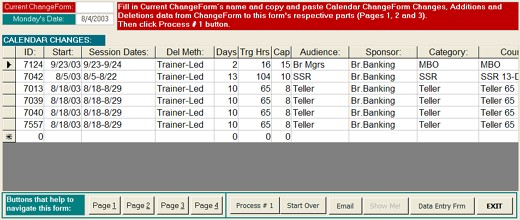
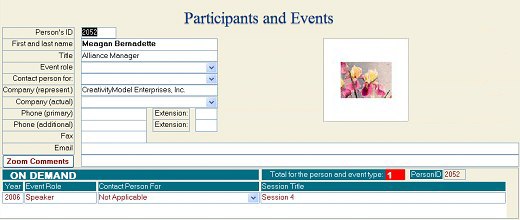


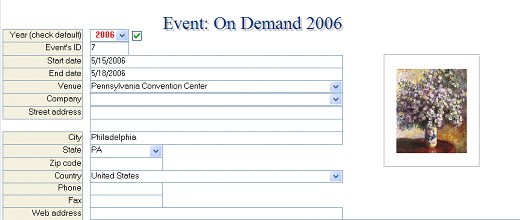

Website Layers of Qualities
Website visitors want a combination of qualities. Layering the qualities may help to create more enjoyable website visiting experiences.
In addition to fast download times, hassle-free environment and ability to find information quickly and easily, most website visitors want to be entertained while they visit websites but so, that entertainment doesn't interfere with their goals and activities.
In general, some people want to be intellectually stimulated, while some want excitement (but in relatively secure environments). The latter can be produced by presenting images that create associations in the viewer's mind. In addition, most people appreciate humor, although they may like very different kind of humor.
Even pleasant design is a form of entertainment - this becomes especially clear when pleasant design is compared to design that most people find unpleasant. Most people are not indifferent to the aesthetic qualities of their impressions.
Keeping this in mind, we can also say that a website that offers more layers of qualities is more likely to succeed.
Lets illustrate this discussion with an example. Marketing art is a rather sophisticated activity, so, lets take art as an example. However, the examples provided here apply to other products and services and qualities equally well.
Art objects have in addition to pleasing or interest arousing appearance also meaningful essence and masterful execution of the materials used, relating the medium to the essence of the object and the subject matter, and functioning together in a multi-level, multi-dimensional way. Perhaps the following examples will provide some clarity into this rather complex topic.
Flowers and plants can be arranged simply tastefully (which we can call Layer 1), or they can be arranged professionally by a floral designer (Layer 2), or they can also be arranged artistically (Layer 3).
For example, ordinary bouquets of flowers sold in supermarkets are (hopefully) simply arranged tastefully (1). There is nothing wrong with that, but there is nothing extraordinary about that either.
Ordinary professional designer arrangements go a step further (2), and go beyond simple tasteful arrangements of flowers and plants, but are crafts and not yet art.
Artistic arrangements have in most instances name, and they reflect that name with the selection of flowers (or plants), the colors of the flowers, and the way the flowers are arranged. They make a statement through usage of the selected materials, flowers and plants and their characteristics, while craft items at the best are visually pleasing.
Here is another example that's related to the previous discussion. For example, when you listen to a good song, you can listen to the tune or lead singer's voice without listening or even understanding the words, or you can also listen to the words in addition to everything else, and get an even deeper experience. Some songs may even provide an additional extension of that deeper experience. For example, a song may relax you, or it can motivate you to do something, or it can show you something in a new perspective.
An example of similar experience that is related to floral arrangements could be an arrangement of flowers that has artistic qualities and that is aimed at reducing somebody's funeral-related pain and sorrow.
This "extension of the deeper experience" is usually associated with most successful art objects. Briefly, art can generate certain synergistic influences that go beyond merely the enjoyment obtained from observing the item. These influences can be rendered in three ways: by letting the natural power of the art object to influence the viewers, or by creating a directed paradigm so that the viewers observe the object in a certain way. The third, that is the best of them all, is a combination of the two.
For example, the viewers may experience a painting at an art exhibition in different ways, but when a tour guide tells a story about what the painter wanted to say with the painting, then the experiences are channeled in a more similar direction, and most viewers are likely to have similar experiences, so that various qualities observed by the viewers are in balance in ways that synergistically relate to the essence of the item.
The same effect can be used for website building purposes. Building the website so that it has artistic qualities that the viewers can relate to either directly or with an assistance of a story, can help to make website visit a more enjoyable experience.
In conclusion, building the website so that it has layers of qualities that the viewers can relate to can help to make website visit a more enjoyable experience. Further, while pictures are worth many words, using language so that it builds bridges between the viewer's mind and the aesthetic qualities of what is being viewed may produce even more enhanced experiences for many viewers.

